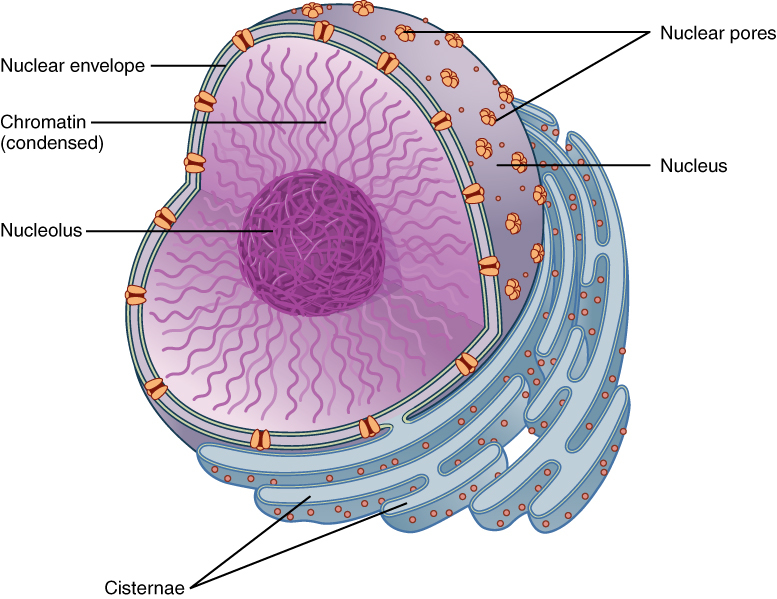9th Grade > Biology
THE FUNDAMENTAL UNIT OF LIFE MCQs
:
C
Chloroplasts are green coloured plastids which are responsible for photosynthesis. They are double-membraned, have their own genetic material and contain the green pigment chlorophyll.
Leucoplasts are plastids which are responsible for the storage of fat.
The mitochondrion is the major site for ATP synthesis.
:
A
Gases like carbon dioxide and oxygen cross the membrane by the process of diffusion and move from the region of higher concentration to that of lower concentration across the cell membrane.
:
D
Prokaryotic cells like bacteria, are primitive cells which lack nuclear membrane and hence, lack a well-defined nucleus. They do not have the cellular organelles which are found in eukaryotic cells.
Yeast is a fungi and ovum and kidney cells are the animal cells.
:
B
∙ Nucleolus is a naked, round or slightly irregular structure which is attached to the chromatin at a specific region.
∙ Generally, 1-4 nucleoli are found inside nucleus.
∙ Nucleus is a double-membraned organelle, present only in eukaryotic cells, which contains the genetic material of the cell.
:
A
The endoplasmic reticulum (ER) is a membrane-bound organelle which helps in the synthesis and transportation of proteins. Rough endoplasmic reticulum (RER) has ribosomes attached to its surface and helps in protein synthesis. Smooth endoplasmic reticulum (SER) has no ribosomes attched to its surface. It helps in the manufacture of fat molecules, or lipids, important for cell function.
Lysosomes are associated with the disposal of cellular waste material.
:
B
Cells are the basic structural and functional unit of life as they are the smallest unit which can be called living. One complete cell is capable of performing all the physiological activities. Cells combine to form tissues, which are a collection of cells performing a similar function. Tissues combine to form organs and organs combine to form an organ system. Many organ systems together form an entire individual or organism.
:
A
Genes are the functional segments of DNA. They are the smallest units of DNA which determines a particular trait of an organism.
The main function of DNA at a molecular level, is to signal the ribosomes to form proteins.
:
C
Ribosomes are small structures which are either found in a free state, floating in the cytoplasm or attached to the rough ER, giving it a rough appearance. These ribosomes, which are present in both prokaryotic and eukaryotric cells, are the site of protein synthesis.
:
B
The cell theory was proposed by Matthias Schleiden (1838) and Theodor Schwann (1839), after studying plants and animal cells independently. It states that:
- All living organisms are made up of cells.
- Cells are the smallest units in a living organism that can perform all the functions of life.
- Rudolf Virchow in 1858 said "Omnis cellula-e-cellula", which means that all cells arise from the pre-existing cells only.
Cell wall is a rigid outer layer which is present in bacterial, fungal and plant cells, but not present in animal cells.
:
A
Viruses do not have a cellular machinery. They behave as non-living particles outside their host cell but start reproducing and multiplying once they enter their host.
Hence, they form the bridge between living and non-living.

















